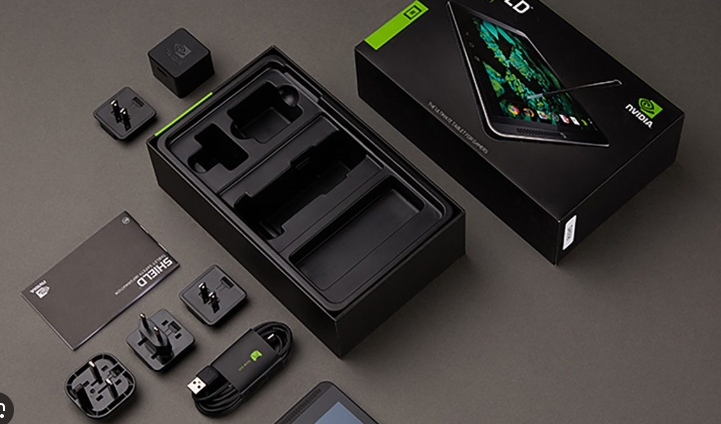The world of electronics packaging is on the brink of a revolution. Advances in technology are driving the need for innovative packaging solutions that can meet the demands of smaller, faster, and more powerful devices.
Smaller and Faster
Electronics devices are getting smaller and more compact, leading to the need for packaging solutions that can keep up with the pace of miniaturization. This means that designers are constantly seeking ways to reduce the size and weight of packaging materials, while still maintaining durability and protection for the delicate electronic components inside.
Innovative Materials
The future of electronics packaging lies in the development of new materials that can provide the necessary level of protection while also being lightweight and cost-effective. Materials like graphene, carbon nanotubes, and polymers are being explored for their potential in revolutionizing electronics packaging.
Environmentally Friendly Solutions
With the growing concern over environmental sustainability, electronics packaging designers are also looking for ways to create packaging solutions that are eco-friendly and recyclable. Biodegradable materials, such as plant-based plastics and cardboard, are becoming increasingly popular for their ability to reduce the environmental impact of electronics packaging.
Integration of Smart Features
The future of electronics packaging also involves the integration of smart features that can enhance the functionality and usability of devices. Smart packaging solutions can include features like RFID tracking, temperature sensors, and even wireless charging capabilities, providing added value to consumers.
3D Printing Revolution
3D printing technology is also revolutionizing electronics packaging design, allowing for the creation of complex and customized packaging solutions that were previously impossible with traditional manufacturing methods. This technology enables designers to create intricate geometries and structures that can optimize the performance and protection of electronic components.
In conclusion, the future of electronics packaging is ripe with exciting possibilities. With advancements in materials, technologies, and design techniques, the industry is on the cusp of a major transformation. By embracing innovation and pushing the boundaries of what is possible, designers can create packaging solutions that are smaller, faster, more efficient, and more environmentally friendly than ever before.

